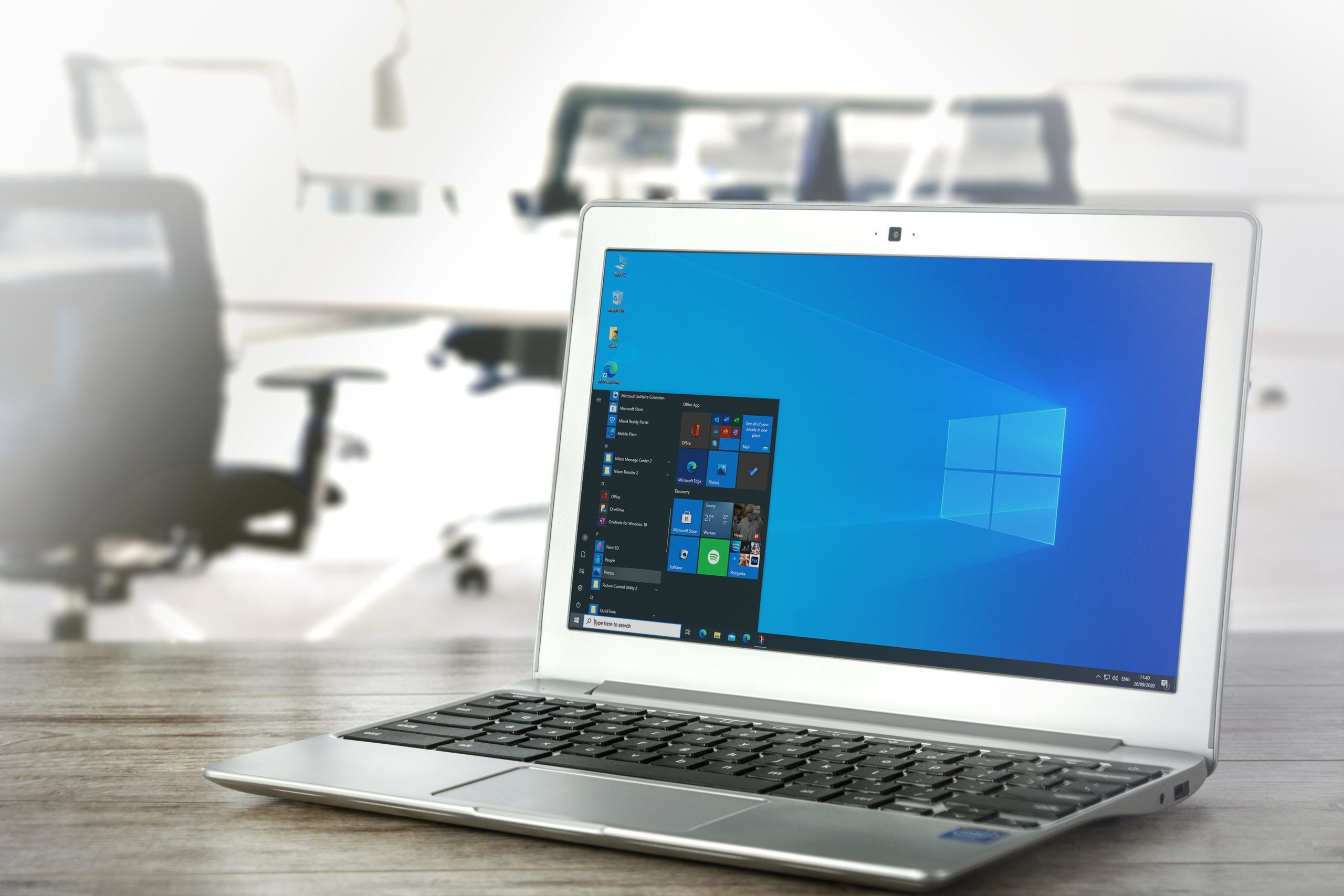Outlook 2016 (POP3)
We have provided instructions for adding a new email address using a POP3 mailbox to Outlook 2016. Before you start make sure that you have created your mailbox within the control panel first.
Step 1
- Open up Outlook 2016.
- If this is your first mail account then you should be prompted to add an email account.
- If you are not prompted to add an account straight away then click on ‘File’ in the top menu, and then click on ‘Add Account’.
Step 2
- Enter your email address.
- From the ‘advanced options’ select the tick box to allow you to setup the account manually. This will give you greater control over the settings as opposed to Outlook guessing what is correct.
Step 3
- Select the account type as POP.

Step 4
- Enter the incoming mail server as mail.interdns.co.uk
- Enter the incoming port number as 110
- Enter the outgoing mail server as smtp.interdns.co.uk
- Enter the outgoing port number as 25
- Ideally select the ‘encryption method’ as STARTTLS as this will help ensure encryption for secure sending. If this causes a problem then leave this as ‘none’
- Click on the ‘Connect’ button
- You will be prompted to enter your password for the mailbox
Step 5
- To help finish off completing details, such as how your name appears follow the next couple of steps
- Click on the ‘File’ link in the top menu
- Click on ‘Account Settings’ button and then click on the
- additional button which appears
- Your account should now appear in the list
- Double click on the account to edit the settings
Step 6
- Make sure the ‘Your Name’ field reflects the name you want to appear alongside your email address when sending mail
- Click on the ‘More Settings’ button
- On the ‘General’ tab you can choose to enter your company name (if applicable) and your reply-to address (normally the same as your sending email address).
- On the ‘Outgoing Server’ tab tick the box for My outgoing server (SMTP) requires authentication.
- Keep the default setting of use same settings as my incoming mail server. This means that when you try and send mail through our servers your mailbox username and password is used to authenticate against our servers.
- Click on ‘OK’ to save.
Step 7
- Click on ‘Next’ to the original screen. This will start a test of your settings. This should be successful.
- If successful click on ‘close’
- Then click on ‘finish’
- You should be able to send and receive email
Advanced Settings
For the most part the above guidance may be enough to allow you to send and receive emails with your POP3 mailbox. However, if you have difficulties then please review the following advice.
Step 8
Outgoing Mail Port Changes
- You may need to tweak the outgoing mail port number.
- Follow step 5 and then
- Select the button for ‘More Settings’
- In the window that has just opened click on the ‘Advanced’ tab
- A common tweak you may need to make depending your mobile provider or ISP is the port number. The default port is 25.
- We also allow you to change this to 587 or 2500, both of which are open on our systems. If you can’t send with one, try one of the others.
- Click on ‘OK’ to save your change
- Click on ‘Next’ where Outlook will not attempt to test with the new settings in place. This should successfully complete.
Incoming Mail Port Changes
- You may need to tweak the incoming mail port number.
- Follow step 5 and then
- Select the button for ‘More Settings’
- In the window that has just opened click on the ‘Advanced’ tab
- The default incoming port for POP3 is 110.
- An alternative port number is 6110. Click on the existing port number to edit.
- If this still doesn’t allow you to receive email try turning off the This server requires a encrypted connection function by removing the tick if it is selected.
Step 9
- Follow step 5 and then
- Select the button for ‘More Settings’
- In the window that has just opened click on the ‘Advanced’ tab
- From the drop-down menu titled as ‘Use the following type of encrypted connection’ select ‘STARTTLS’
- Do not tick the box associated to the Incoming Server for SSL/TLS.
- Click on ‘OK’ to save your change
- Click on ‘Next’ where Outlook will not attempt to test with the new settings in place. This should successfully complete.
« Back to the Knowledgebase



